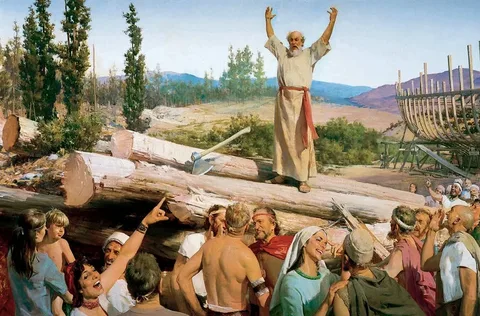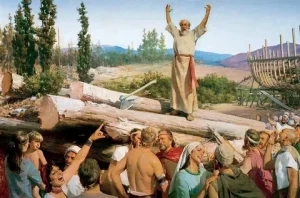The Bible is filled with symbolism, patterns, and rituals that have carried deep meaning for centuries. But few readers realize just how precise and interconnected these patterns are. In his book, The Science Behind the Story of Jesus, John Zachary reveals how the Old Testament feasts were not just religious traditions for Israel, but prophetic markers pointing directly to the life and ministry of Jesus Christ. His work sheds light on how these ancient celebrations align perfectly with key events in the New Testament—evidence of divine design written across history.
Take the Feast of Passover, for example. Instituted during the time of Moses, Passover was a remembrance of God delivering Israel from Egypt. Yet Zachary shows how this feast prophetically pointed to Jesus, the true Passover Lamb, who was crucified on the very day of Passover. This is not coincidence—it is exact fulfillment, aligning history and prophecy with scientific precision.
The Feast of First Fruits is another remarkable example. In Jewish tradition, this feast celebrated the first portion of the harvest being dedicated to God. Zachary demonstrates how this directly corresponds to Jesus’s resurrection, which occurred on the Feast of First Fruits. Just as the feast symbolized the first fruits of the harvest, Christ became the first fruits of those raised from the dead. The theological and prophetic significance is profound, but Zachary goes further by using historical dating and astronomical calculations to confirm the timeline.
Then comes Pentecost, originally celebrated as the Feast of Weeks, marking the completion of the grain harvest. In the New Testament, this was the exact day when the Holy Spirit descended on the disciples, empowering the early church. Zachary’s analysis shows that the timing was no accident but a fulfillment woven into the very fabric of Israel’s calendar.
By highlighting these prophetic connections, Zachary demonstrates that the Old and New Testaments are not separate stories but one unified narrative. These feast days weren’t just religious ceremonies; they were divine appointments, set centuries in advance, fulfilled to the exact day in the life of Jesus and the early church.
What makes this section of the book so impactful is how it blends theological depth with scientific verification. Zachary uses calendar systems, astronomical cycles, and historical sources to show that these events happened exactly as foretold. For skeptics, this is compelling evidence. For believers, it is deeply affirming, strengthening faith in the God who orchestrates history with perfect precision.
Final Reflection: The Science Behind the Story of Jesus makes it clear that God’s hand is visible not just in broad themes but in the details of time itself. The fulfillment of the Old Testament feasts in the New Testament is a stunning reminder that Scripture is one continuous, divinely guided story. John Zachary’s research reveals this truth in a way that is both intellectually satisfying and spiritually inspiring.




